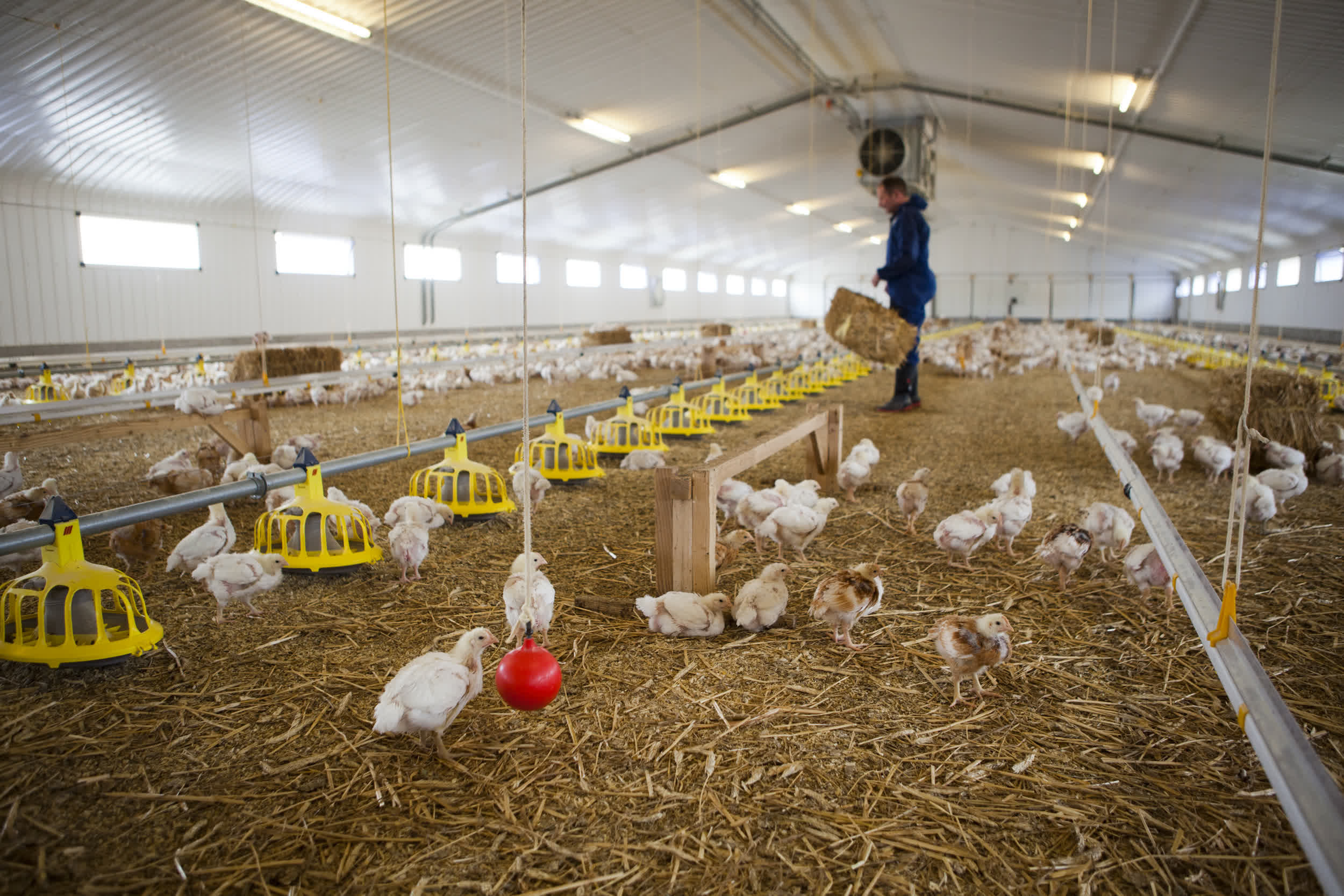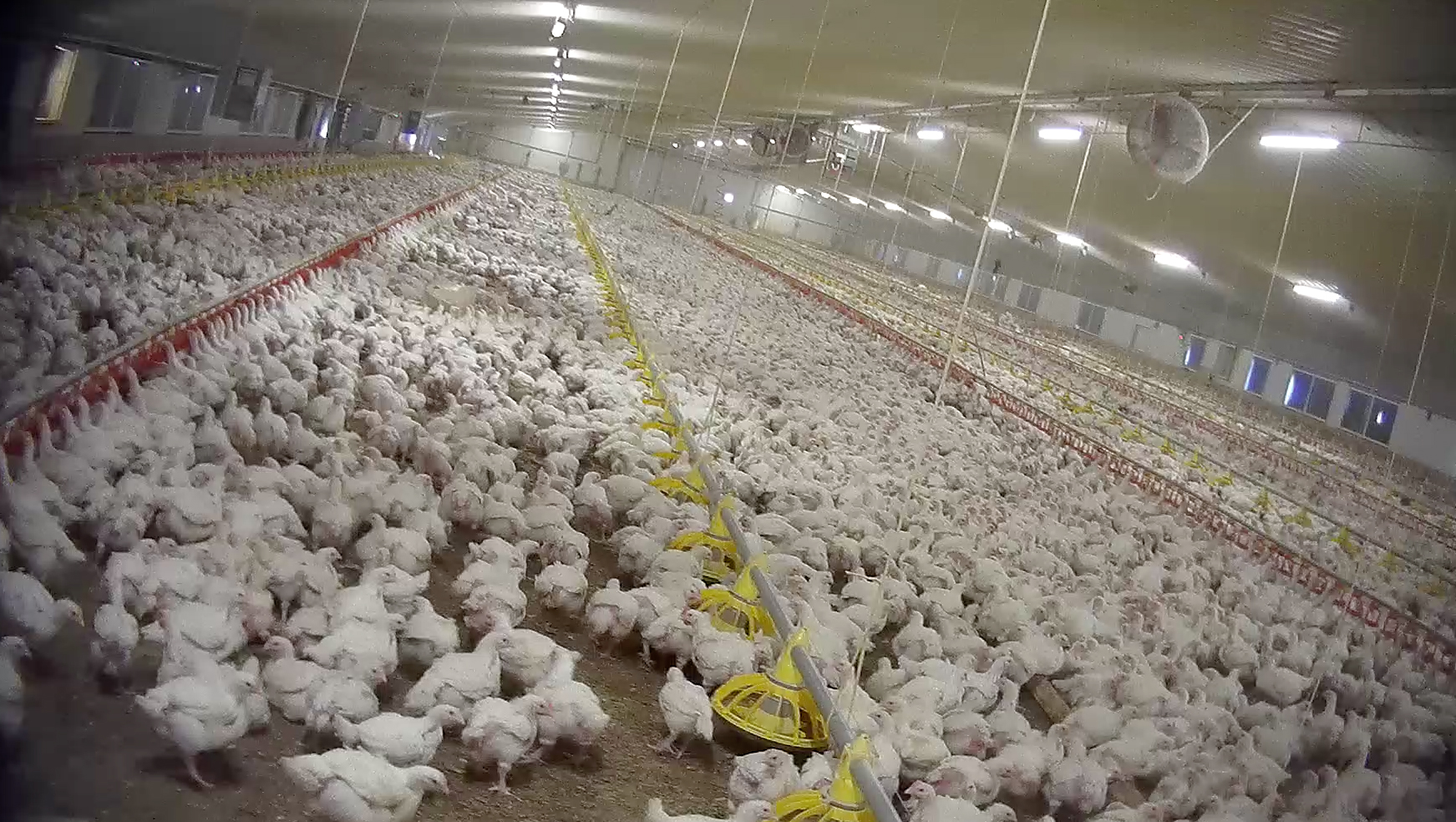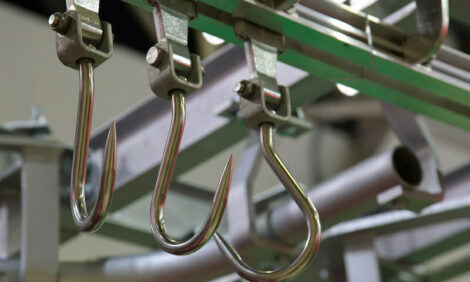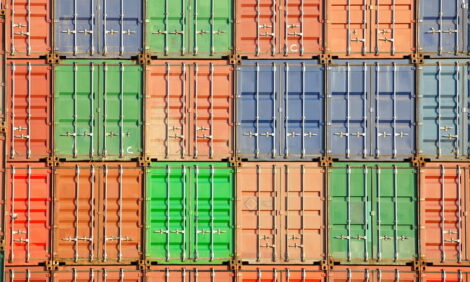



Improving poultry welfare may not be as expensive as initially thought
A new World Animal Protection report has found that producing higher welfare chicken is far cheaper than previously believed.The findings mean that billions of chickens around the world could be taken out of cruel intensive systems every year as cost can no longer be used as an excuse by restaurants, retailers and producers.
The report was carried out for World Animal Protection by Wageningen University in the Netherlands, world leaders in agricultural research. It finds that shifting from "conventional" intensive to higher welfare indoor systems increases production costs by only 6-9 Euro cents per kilogram (kg) of live bird across the five markets studied. This means a cost increase of only 6.4-13.4 percent above conventional production costs, which is much lower than increases of up to 49 percent previously projected by a US industry-funded study.

© World Animal Protection
The solutions proposed in the report to give intensively farmed chickens better lives are simple, effective and backed by robust scientific evidence. Critically, the welfare improvements can be easily introduced to most existing systems. Improvements include:
- lower stocking densities of maximum 30 kg/m2 (6 lb/ft2), which allow chickens room to move and spread their wings.
- provision of "enrichment" – perches or platforms plus grain, hay bales or other materials to peck. Floor based litter is essential for dustbathing, comfort, and feather and feet health – all of which are proven to help chickens fulfil their natural behaviours.
- six hours of continuous darkness per day – allowing the birds better development and natural resting time as opposed to shorter, disturbed resting periods – and better illumination during day time hours.
- the use of slower growing birds with proven higher welfare outcomes to avoid the health problems caused by unnatural fast growth.
Most of the world’s 60 billion chickens farmed for their meat are still confined to cramped, intensive conditions in factory farms. Genetically selected to grow fast and develop large, heavy breast muscles – too big for their legs to support – they can experience great pain and suffering. The combination of fast growth and intensive stocking causes serious welfare issues including respiratory failure and sudden death, leg problems, broken bones, and skin problems from constant contact with wet and dirty litter.
Consumer demand for higher welfare chicken is increasing worldwide at a rate that producers and retailers cannot ignore. Significantly, consumer willingness to bear all or a large proportion of the costs of higher welfare meat is on the rise. This is further demonstrated by consumer behaviour in the Netherlands with a national case study of higher welfare retail chicken after actual industry transition.

© World Animal Protection
Steve McIvor, CEO of World Animal Protection said: “There is a real opportunity here to improve the lives of billions of chickens globally. The higher welfare indoor system is realistic and scientifically proven. It opens the doors to business opportunities worldwide. It gives discerning consumers what they want and allows producers and retailers higher cost efficiencies than some other higher welfare systems.
“Almost all existing lower welfare systems in all markets researched for this report, except for cages, can be easily adapted to comply with the higher welfare indoor system. This can be achieved with lower production costs than previously believed. Most importantly, it can deliver a vital change for chickens.”









